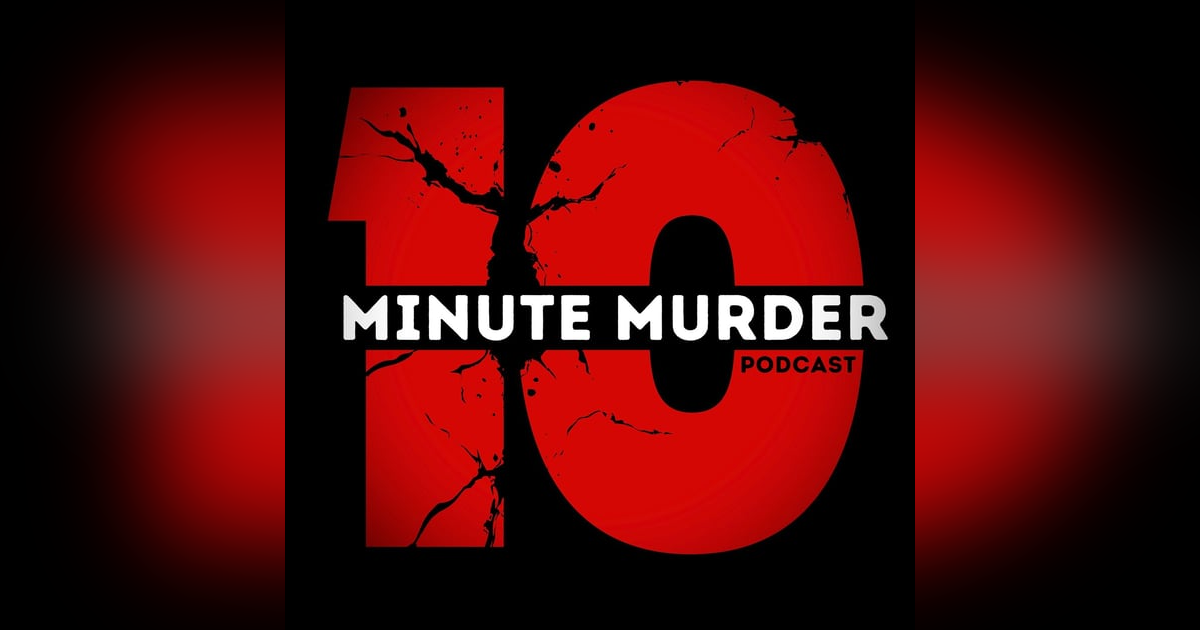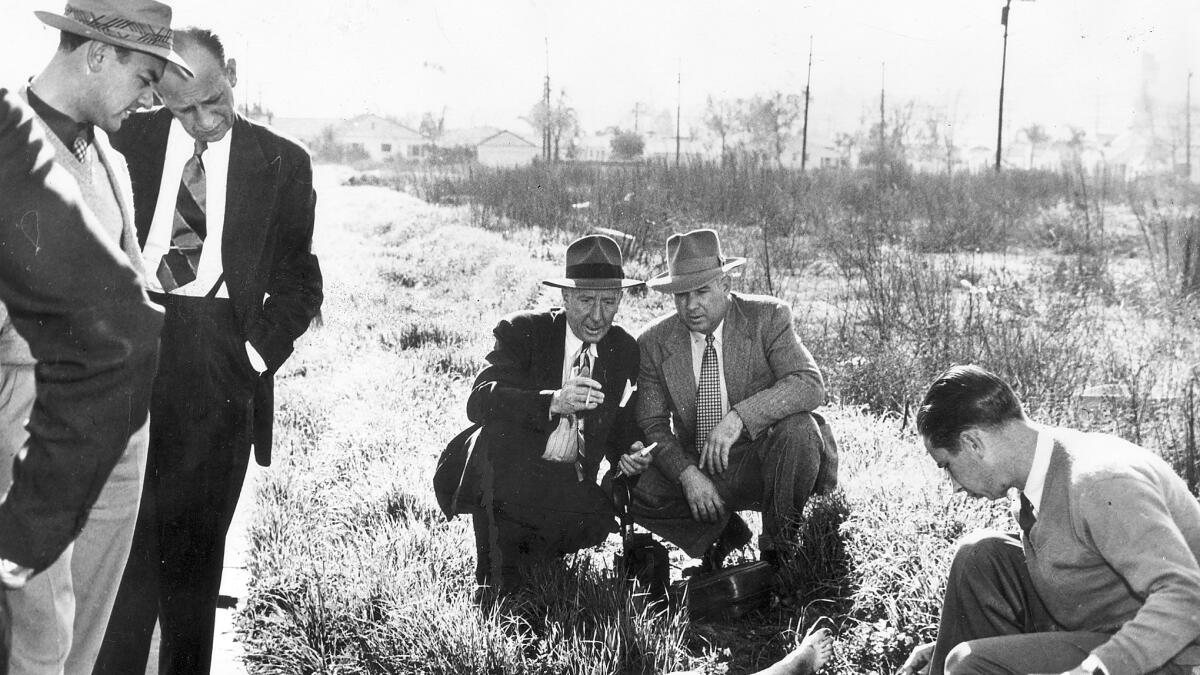The Girl Who Became a Ghost Story: The Black Dahlia

A young woman walks into the Biltmore Hotel in downtown Los Angeles on January 9th, 1947. Six days later, her mutilated body is found in a vacant lot, posed like a grotesque work of art. Elizabeth Short had come to Hollywood to be discovered. She got her wish - but not the way she'd dreamed. This is the story of the Black Dahlia murder, and why some mysteries refuse to stay buried.
Who Was Elizabeth Short, Really?
Let's start with the woman behind the headlines. Elizabeth Short wasn't some Hollywood starlet living the glamorous life the newspapers painted after her death. She was a 22-year-old from Massachusetts who'd moved to California with dreams bigger than her bank account. Think every girl who's ever packed up her Honda Civic and driven cross-country with three suitcases and unbridled optimism.
Born in 1924 in Boston, Massachusetts, Elizabeth grew up during the Great Depression. Her father abandoned the family when she was six, leaving her mother to raise five daughters alone. Money was tight, dreams were a luxury, but Elizabeth had them anyway. She was the kind of girl who would spend her last dollar on red lipstick because looking good was part of feeling hopeful.
Elizabeth moved to California in 1943, bouncing between relatives and friends, working as a waitress, clerk, anything that would pay the rent. While often described as an aspiring actress, she had no known acting credits or Hollywood jobs. The media later twisted her story into salacious tales about her being some kind of femme fatale, but the truth is more relatable. She was trying to make it in a city that chews up dreamers for breakfast.
Her black hair and preference for dark clothing earned her the nickname "Black Dahlia" from the press, referencing a popular film noir called "The Blue Dahlia." The irony that a woman seeking the spotlight would become famous only in death is the kind of cosmic joke that would make Kafka weep.
Her final days in Los Angeles remain murky. She was last seen alive on January 9th, and then she vanished for six days before her body was discovered. Those six days remain one of the biggest mysteries in a case full of them.
The Discovery That Broke Los Angeles
On January 15, 1947, Betty Bersinger was walking with her three-year-old daughter when she spotted what she initially thought was a discarded mannequin in a vacant lot. The reality was far more horrifying. Elizabeth Short's body had been cut in half at the waist, completely drained of blood, and posed with methodical precision.
This wasn't a crime of passion or a robbery gone wrong. Someone had taken considerable time with Elizabeth's body, and the clinical nature of the mutilation suggested either medical knowledge or an absolutely unhinged level of premeditation. The killer had washed the body and even applied makeup to her face. It's the kind of detail that makes your skin crawl and keeps homicide detectives awake at night for decades.
The body had been severed so cleanly that investigators immediately suspected someone with surgical skills. There were cuts to her face and rope marks on her wrists, ankles, and neck. The coroner determined she'd been dead for approximately ten hours before discovery, but where had she been killed? Definitely not at the vacant lot - there wasn't enough blood.
What makes this case even more disturbing is the care the killer took with the presentation. The body was positioned with arms raised, legs spread apart. This wasn't someone trying to hide their crime - they were creating a tableau. They wanted shock, they wanted headlines, and they definitely got both.
Within hours, the crime scene was completely contaminated. Police officers, reporters, photographers, and curious onlookers trampled through the area. The LAPD in 1947 wasn't exactly operating with CSI-level protocols, and it shows.
The Media Circus and Police Investigation
The LAPD had never seen anything like this case, and they were completely unprepared for what followed. Within hours, reporters were trampling the crime scene, and the investigation became a public spectacle that drew unprecedented media attention.
The Los Angeles Examiner immediately dubbed Elizabeth the "Black Dahlia," and newspapers were selling copies faster than concert tickets. Reporters started calling Elizabeth's mother in Massachusetts, pretending to be police officers to get quotes about her dead daughter. The ethical standards of 1947 journalism were about as sturdy as a house of cards in a hurricane.
The police received over 500 confessions and followed over 150 suspects. Detective Harry Hansen led the investigation, working within a system completely unprepared for this level of media attention. The department was getting hundreds of calls daily from people claiming knowledge of the crime.
The pressure to solve the case quickly led to questionable investigative choices. Police interrogated Elizabeth's friends so aggressively that some stopped cooperating. They released personal details about her life that had no bearing on the murder but sold newspapers.
Three days after the murder, someone reportedly mailed Elizabeth's purse and shoes to a Los Angeles newspaper, along with a note. The items had allegedly been cleaned, destroying any potential fingerprints. This detail, while widely reported, remains part of the case's mythology that's difficult to verify decades later.
The Suspects and Wild Theories
Over the decades, literally hundreds of people have been suspected of Elizabeth Short's murder. The most prominent include George Hodel, a physician whose own son became convinced of his guilt, Walter Bayley, a surgeon who lived near the crime scene, and Leslie Dillon, a bellhop who inserted himself suspiciously into the investigation.
George Hodel's case shows how obsession can masquerade as investigation. Dr. Hodel was a prominent Los Angeles physician with questionable personal behavior. His son Steve Hodel, a former LAPD detective, became convinced his father was the Black Dahlia killer and wrote multiple books about it. The theory hinges on circumstantial evidence - Hodel knew the area, had medical training, and was allegedly involved in other crimes. Steve believes his father's house was bugged by police in 1950 and that recordings exist of him confessing, though these recordings have never been made public.
Walter Bayley presents a more compelling case on paper. He was a surgeon who performed autopsies and lived within walking distance of where Elizabeth's body was found. He had the medical knowledge for the precise cuts, and his personality reportedly changed after developing dementia. However, there's no physical evidence linking him to the crime.
Leslie Dillon might win the award for most suspicious behavior during an investigation. Dillon was a bellhop and mortician's assistant who contacted police claiming he knew who the killer was. When questioned, his story kept changing, and he demonstrated unusual knowledge about the crime. Some investigators believed he was the killer, but they could never prove it.
The most persistent theory involves someone with medical training due to the precision of the body's bisection. But medical knowledge doesn't narrow down the suspect pool as much as you'd think. Los Angeles in 1947 was full of doctors, medical students, morgue workers, and military veterans with field medical training.
Some theories border on the absolutely ridiculous. People have blamed everyone from Orson Welles to satanic cults to Hollywood elite cabals. The lack of a solved case creates a vacuum that gets filled with increasingly elaborate speculation. When facts are scarce, human imagination runs wild.
Why This Case Won't Die
Elizabeth Short's murder has spawned books, movies, documentaries, and enough podcast episodes to fill a small library. But why does this particular case have such staying power when thousands of other unsolved murders fade into obscurity?
Part of it is timing. This happened in 1947 Los Angeles, when the city was transforming into the entertainment capital of the world. The case has all the elements of a perfect noir story - a beautiful victim, a mysterious killer, corrupt cops, and a glamorous yet seedy backdrop. The murder occurred during Hollywood's Golden Age, when the contrast between the glittering surface and dark underbelly was never more apparent.
There's also something particularly haunting about cases where the victim becomes more famous in death than in life. Elizabeth Short achieved the Hollywood immortality she sought, but in the most tragic way possible. Her story taps into our collective fears about pursuing dreams in a city that can be beautiful and brutal in equal measure.
The case also represents a perfect storm of media fascination. The murder happened right as television was beginning to compete with newspapers for public attention. The press needed sensational stories to compete, and the Black Dahlia gave them everything - sex, violence, mystery, and a photogenic victim.
The forensic limitations of 1947 mean that if the case were to happen today, it might well be solved within weeks. DNA evidence, security cameras, cell phone records, and modern investigative techniques could provide answers that simply weren't available then. This creates a frustrating sense that the solution is tantalizingly close.
The case has also become a Rorschach test for American anxieties. In the 1940s, it represented fears about moral decay and dangers facing young women in big cities. In the feminist movement of the 1970s, it became about violence against women and victim-blaming. Today, it reflects our obsession with true crime and our desire to solve cold cases through crowdsourcing.
Social media has given the case new life, with amateur sleuths sharing theories on Reddit, TikTok detectives breaking down evidence, and genealogy enthusiasts trying to identify suspects through DNA databases.
The case remains officially open with the LAPD, though realistically, after 77 years, the chances of solving it are about as likely as finding an honest politician. But maybe that's part of the appeal. In a world where we expect instant answers, the Black Dahlia represents one of the last great unsolved puzzles. Elizabeth Short's story continues to resonate because it touches on universal themes - the pursuit of dreams, the vulnerability of women, and the price of fame.





